Category: Features
-

The Rise and Fall of the ZCMI
Growing up in the Salt Lake Valley, one of my family’s favorite Christmas traditions was visiting the ZCMI storefront in Salt Lake City to see a display of large ornaments decorated with candy. While that tradition is carried on by Macy’s Salt Lake City store, ZCMI is gone. But the story of how ZCMI came…
-
Ann Madsen and Spencer W. Kimball
While Ann Madsen isn’t as well-known as her husband, Truman Madsen, she is a notable woman who has been described as “every bit the disciple-scholar” that her husband was. In a recent interview over at the Latter-day Saint history blog From the Desk, Ann discussed some of the events in her life, focusing particularly on…
-
Choosing Faith and Into the Headwinds
Belief in religion is something that can be hard in Western culture. Yet, it is something worth working towards. This idea is something that Terryl and Nathaniel Givens discussed in a recent interview on the Latter-day Saint history and theology blog From the Desk. The context of their discussion has to do with a book they…
-
Mexican Pioneers
Back in 1997, M. Russell Ballard spoke about how we should take the “opportunity to honor … the remarkable efforts of our pioneers in every land who have blazed spiritual trails with faith in every one of their footsteps.” (M. Russell Ballard, “You Have Nothing to Fear from the Journey,” Conference Report, April 1997.) In…
-

General Conference as a “Peaceable Thing of the Kingdom”
The Listener, by James Christensen I’ve been as guilty as anyone of, subconsciously and in the back of my mind, looking forward to General Conference more for the big announcements or controversy than the spiritual nourishment. Reading about the controversy and ensuing outrage (and counter-outrage) in particular are kind of an emotional crack cocaine for…
-
Mormon Women at the Crossroads
Caroline Kline’s Mormon Women at the Crossroads: Global Narratives and the Power of Connectedness (University of Illinois Press, 2022) is an important contribution to studies of the Church of Jesus Christ of Latter-day Saints in the 21st century. The book is based on a series of oral interviews that Kline did with women of color in…
-
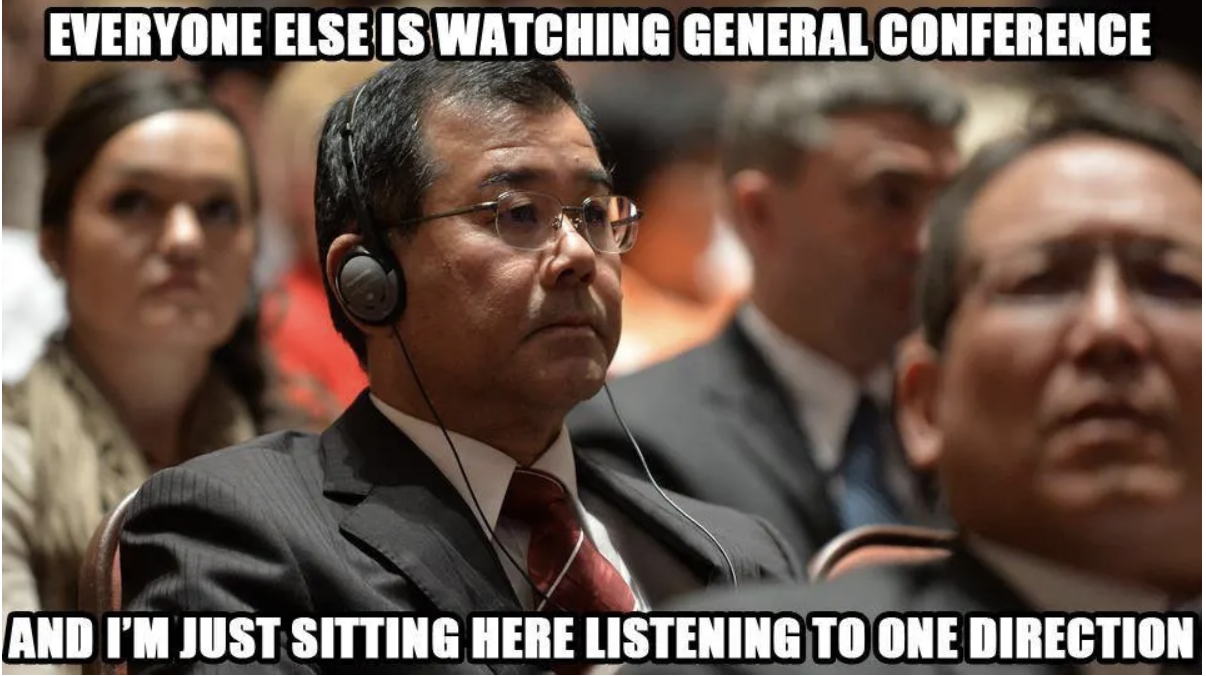
General Conference and Our Shrinking Attention Spans
As the father of a lot of small, messy children, I easily listen to two hours of podcasts a day while cleaning (how my parents’ generation cleaned before podcasts I have no idea). The other day a movie producer on a podcast made a comment about how, in the days before streaming, television producers would…
-
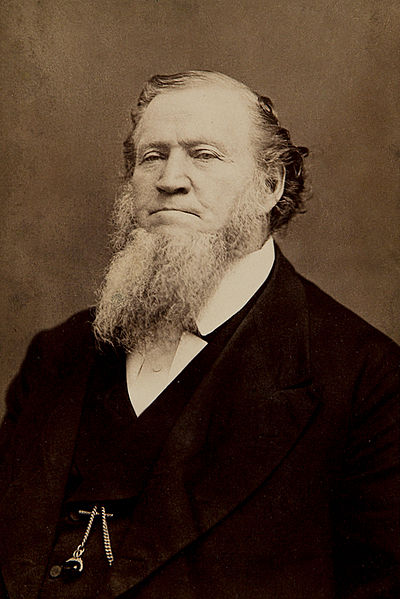
Looking at the Prophet Anew (Brigham Young edition)
How we understand and view President Brigham Young as the second prophet of the Restoration is often in a much more negative light than how the Prophet Joseph Smith is viewed. In a recent interview at the Latter-day Saint history blog From the Desk, Chad Orton discusses some of why that is and offers additional thoughts…
-
To Ezra or not to Ezra…
Ezra is an important figure in the Hebrew Bible, but there are some concerns that have been raised over the historical record around him and some interesting places where he is missing in that record. In an interview over at the Latter-day Saint history blog From the Desk, the Biblical scholar Charlotte Hempel discusses some…
-
Shaking the Dust from Your Feet
Have you ever performed a ritual shaking of the dust from your feet? I never have (in fact, I’m pretty sure I was specifically instructed to not do that as a missionary), though as a 20-year old, I was somewhat tempted while serving a full-time mission on a few occasions. In an interview over at…
-
Grass Roots in Mexico
Grass Roots in Mexico: Stories of Pioneering Latter-day Saints by F. LaMond Tullis (Provo: Religious Studies Center, Brigham Young University, 2021) was one of the books I was most excited to see on the lists of books coming out in 2022. Released in early July, Grass Roots in Mexico offers an important glimpse into the…
-
Women and the Priesthood with Lisa Olsen Tait
“Do women have the priesthood?” You would think the answer would be a simple yes or no for members of the Church of Jesus Christ of Latter-day Saints. The reality, however, seems to say differently, with people arguing for a whole spectrum of answers while discussing this topic of perennial interest. In a recent interview…
-
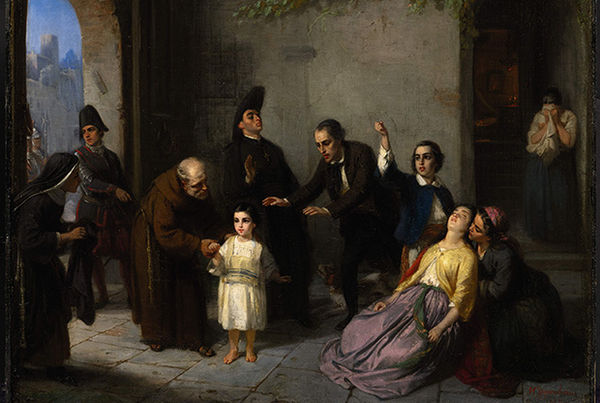
Latter-day Saint Book Report on “The Kidnapping of Edgardo Mortara”
In 1857 officials raided a home in the Jewish ghetto in Bologna, Italy and forcefully removed a 6-year old child based on the testimony of a servant that he had been baptized as an infant and was, therefore, Christian. At the time Bologna was under the direct rule of the Pope (back in the day…
-
A Time When Tithing was Almost Done Away
In the aftermath of the US Civil War, the Church faced a heavy tax settlement that led to a contemplated hiatus in requiring tithing. In a recent interview over at the Latter-day Saint history blog From the Desk, Samuel Brunson discussed how that situation came about, what the leaders of the Church tried in order…
-
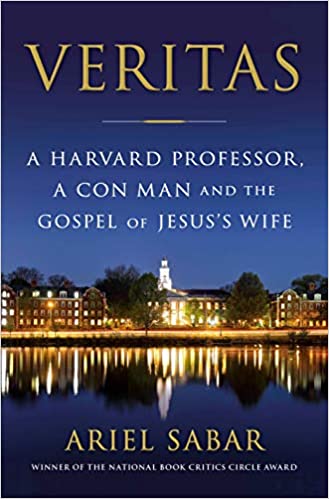
Book Report-Veritas: A Harvard Professor, A Con Man, and the Gospel of Jesus’ Wife
This is a well-written journalistic account of a scandal that happened in the biblical studies community in 2012 when a purportedly ancient parchment surfaced that contained the words “Jesus said to them ‘my wife.’” Despite some red flags such as bad Coptic grammar, Professor Karen King, one of the preeminent scholars in the field, became…
-
Three Degrees
Language is a tricky thing. Sometimes, when someone says a word, it can mean something very different to them than it does to us. This can be particularly true when that person is from the past and the exact meaning of a word changes over time. In a recent interview with Bryan Buchanan about an…
-
Method Infinite: On Masonry and Mormonism
The recently-published Method Infinite: Freemasonry and the Mormon Restoration by Cheryl L. Bruno, Joe Steve Swick III, and Nicholas S. Literski (Greg Kofford Books, 2022) is an insightful and information-packed volume about a plethora of possible points of contact between Freemasonry and the Restoration of the Church of Christ. While many studies of Masonry and…
-
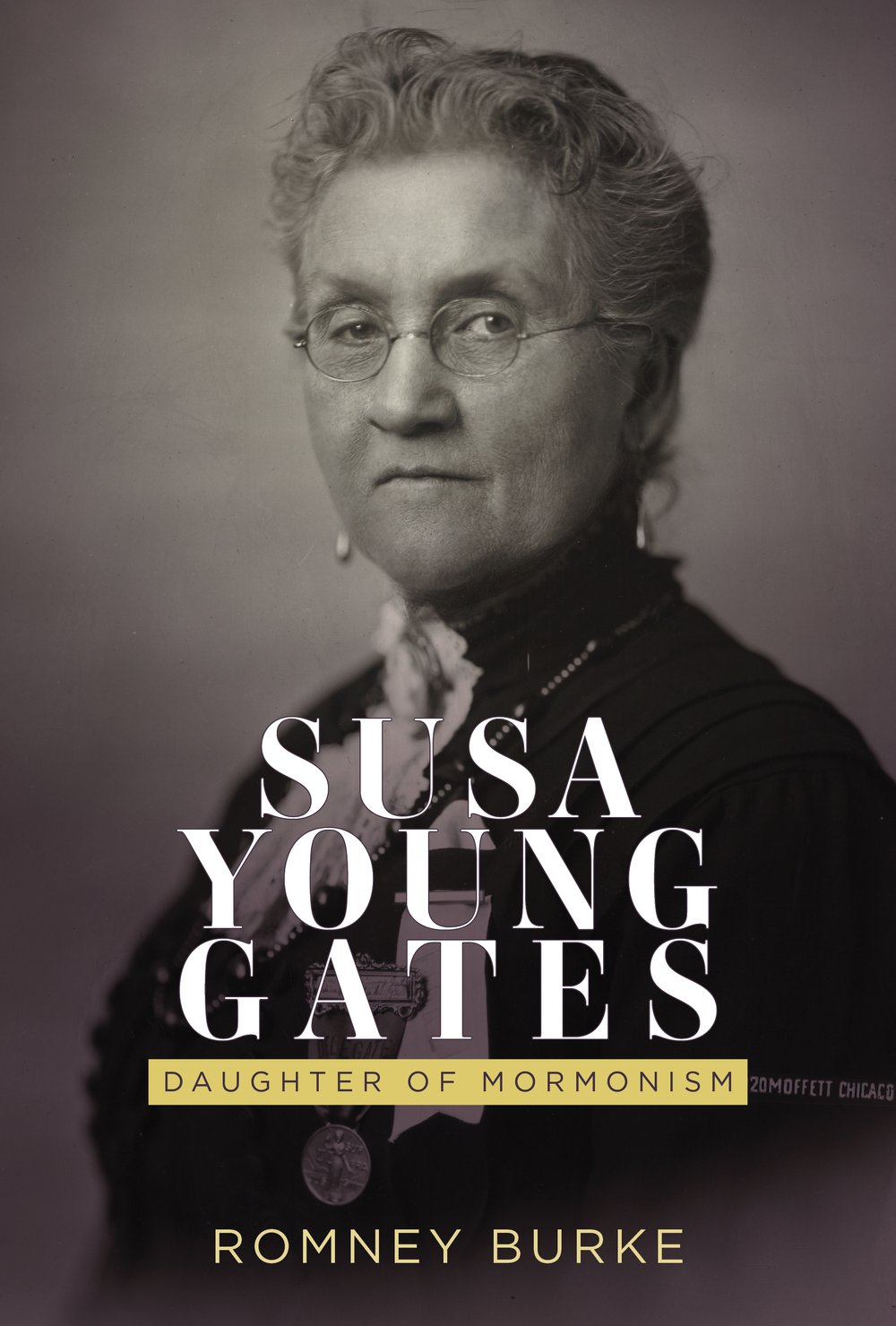
Daughter of Mormonism
Susa Young Gates was an interesting and important personality, and Romney Burke’s recently-published biography Susa Young Gates: Daughter of Mormonism (SLC: Signature Books, 2022) provides a well-researched glimpse into her life. Perhaps the best-known daughter of President Brigham Young, Susa led a life as a prominent figure in the Church of Jesus Christ of Latter-day Saints. …
-

Was Jesus Married or Not?
An enigma that has been explored repeatedly over the years, both in the Church of Jesus Christ of Latter-day Saints and in Christianity more broadly, is the marital status of Jesus of Nazareth. There is little to reliably indicate either way in the established canon of the New Testament, but that hadn’t stopped people from…
-
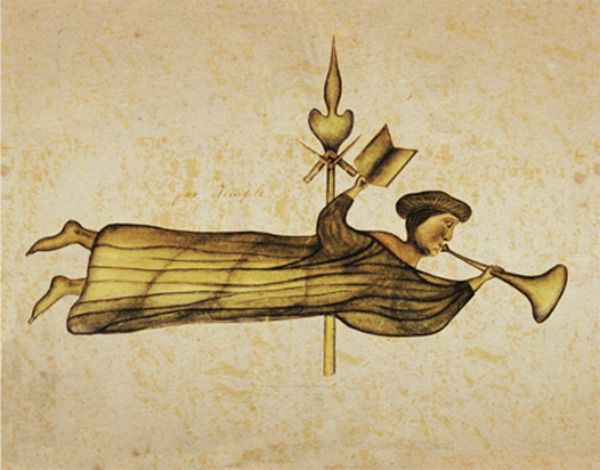
Masonry and Mormonism
The relationship between Freemasonry and the Church of Jesus Christ of Latter-day Saints is a subject of controversy for members of the Church. In the near future, two important studies of that relationship are slated to be published – Method Infinite: Freemasonry and the Mormon Restoration by Cheryl L. Bruno, Joe Steve Swick III, and…
-
Consecration and Tithing
What do you think of when you hear about the law of consecration? For me, the initial images that flash through my mind have to do with past attempts in the Church to implement programs like the United Order of Enoch in various communities in the Midwest and Utah during the 1800s. Yet, I also…
-
The Pony Express Before the Pony Express
Growing up in Utah, I remember a time when my parents took me out to a remote location where there was a reenactment of the Pony Express, a famous mail system in the western United States of America that facilitated fast communication. As noted in a recent interview at the Latter-day Saint history blog From…
-
Relief Society Records
Documents feel like treasures to me. They give insight into the past and have to be mined to get everything you can out of them. Because of that, it’s really exciting that the Church has begun to release minutes from the Relief Society General Board. In a recent interview at the Latter-day Saint history blog…
-
Grace, Works, and Becoming
Since at least the time of Augustine of Hippo and Pelagius, western Christianity has been embroiled in a debate about salvation and grace. The two extremes have been represented as salvation by grace alone and earning salvation by our own works. In a recent interview at From the Desk, Terryl Givens described the need to…
-
Accuracy of the Journal of Discourses
One of my ongoing dreams is to be able to afford a full set of the Journal of Discourses as part of my collection of Latter-day Saint books (though given the price tag, it probably won’t happen any time soon). In any case, the Journal of Discourses holds an interesting place in the Church of…
-
The Smith Family and the First Vision
One of the more interesting points of contention about the history of the First Vision is how much Joseph Smith’s family knew about the First Vision. During his lifetime, only 4 accounts of the First Vision were published in English – Orson Pratt’s “A Interesting Account of Several Remarkable Visions” in 1840, the official history…
-
Ghostwriter to the Prophet
I suspect that if we really knew and experienced the early history of the Church of Jesus Christ of Latter-day Saints for ourselves, we might be surprised by who were the most influential members in shaping the developing Church. In a recent From the Desk interview, Bruce A. Van Orden discussed one candidate for that…
-
Susa Young Gates
When I was a child, I heard of Susan B. Anthony, Susa Young Gates, and John Sousa, but had trouble separating them out in my mind because of similarities in name. The result was that I thought Brigham Young had this rockstar daughter who was featured on a silver dollar for her women’s rights activism…
-
Considering Emma Hale Smith
Emma Smith isn’t just an elect lady, she’s a complicated one too. Jenny Reeder, author of First: The Life and Faith of Emma Hale Smith, recently discussed reasons for why that is the case in an interview with From the Desk. Alternatively vilified or considered an hero of the Restoration in the Church of Jesus Christ…
-

Collected Thoughts on the Doctrine and Covenants
I spent most of 2021 writing a series of posts to follow along with the “Come, Follow Me” curriculum for the Doctrine and Covenants. I had a few reasons for doing this. First and foremost, I wanted to challenge myself to look more closely at the scriptures, to really read and think about what the…
